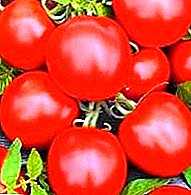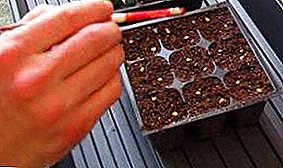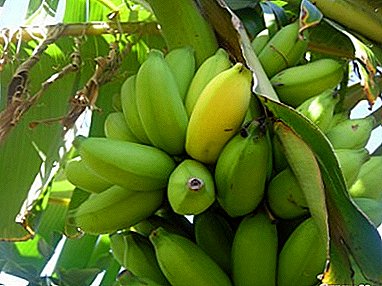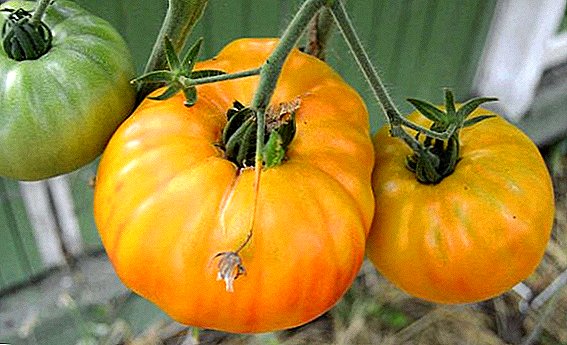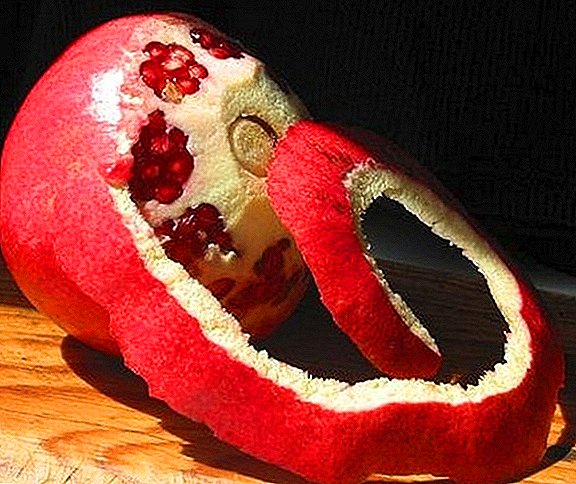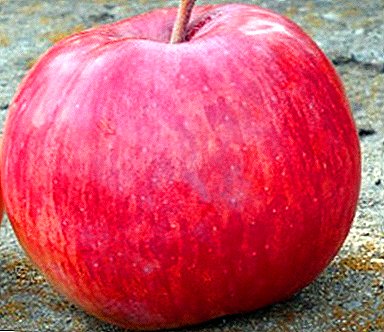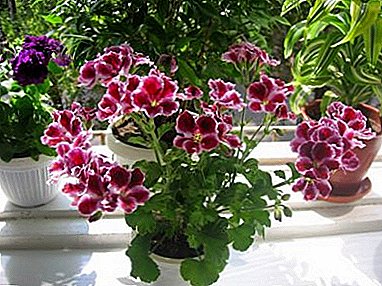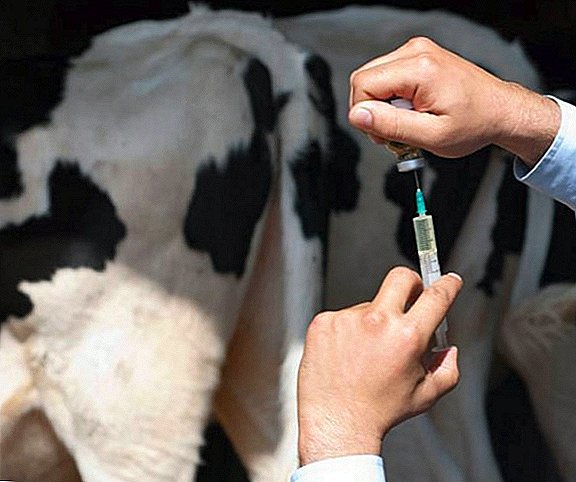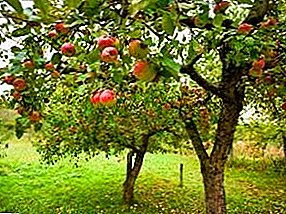 To get a good harvest, and to keep the trees healthy, the gardener needs to know what dangers lie in wait for his garden.
To get a good harvest, and to keep the trees healthy, the gardener needs to know what dangers lie in wait for his garden.
The pests of fruit trees can be divided into five armies: sucking, leafing, leafworms, pests of generative organs and trunks.
Sucking pests of fruit trees
This is aphid, mednitsy (listbloshki), mites. The danger of this type of pests is that they suck the juice from the shoots and buds of trees, thereby preventing their development.
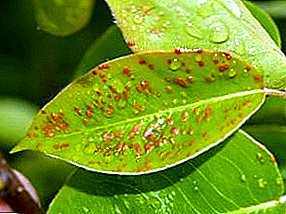 At the same time medianitsas also glue together their secretions with buds that die as a result. In gardens, apple and pear squirrels are particularly common, which can destroy up to fifty percent of leaves and buds on a tree.
At the same time medianitsas also glue together their secretions with buds that die as a result. In gardens, apple and pear squirrels are particularly common, which can destroy up to fifty percent of leaves and buds on a tree.
Ticks (pear gallic, red apple, brown fruit and others) suck the juice from the leaves, which are damaged, brown or blackened and fall off.
Sheet eating pests of fruit trees
These are caterpillars, which include moths, wolfworms, cocoon-horses, and also moths.
The caterpillars gnaw through the leaves, forming cavities that weave around the web, which can damage both the buds and the buds. Caterpillars can eat the leaf cover completely, but such a tree will survive and start throwing out new leaves, however, it will be much worse to bear fruit and weaken altogether. Other pests, such as bark beetles, settle on trees affected by leaf-eating pests.
On the site you can learn all the subtleties of planting fruit trees.
Category about growing vegetables in open ground //rusfermer.net/ogorod/plodovye-ovoshhi/vyrashhivanie-v-otkrytom-grunte.
Garden care tips here.
Moths are called miners, as they form mines in a sheet. The yield of trees affected by moles falls by 60 percent, the fruits are crushed, their nutritional value decreases.
Moth Wreckers
 Insects, the caterpillars of which live in folded leaves, and can also damage buds, ovaries, flowers and fruits. The caterpillars fold the leaf into a tube and weave it around the web, such a leaf is no longer viable.
Insects, the caterpillars of which live in folded leaves, and can also damage buds, ovaries, flowers and fruits. The caterpillars fold the leaf into a tube and weave it around the web, such a leaf is no longer viable.
About 70 species of such insects are known, the most common are omnivorous, oak, bud, fruit changeable, reticulate moths. Caterpillars can damage plants from spring to late autumn and can destroy up to sixty percent of leaf cover, buds and inflorescences.
Pests of generative organs
 Pests (buds and buds) - weevils, sawflies, moths, bronzovki.
Pests (buds and buds) - weevils, sawflies, moths, bronzovki.
Weevils and bronzovki gnaw buds and buds, because of which the trees can not grow fruit. Weevils eat holes in their kidneys that look like needles and lay eggs in them. Weevil larvae feed on pistils and stamens, gluing them together with their excrement, which leads to wilting of buds.
Moths and fruit sawflies lay eggs in flowers and buds, thereby damaging them, the buds fall off, the fruits cannot tie. The caterpillars of the sawfire mine the ovary, and then make a turn to the seed box and damage it - a cavity forms inside the fetus. One such larva can spoil up to five fruits.
Saws and weevils can vary in their taste preferences, for example, pear sawflies damage only pears. Fruits on a tree affected by such pests are usually infected with rot.
Trunk pests
 These are scale insects, bark beetles, woodgrass trees, tree borers, glass cases, peach aphid. These insects damage the wood, eat passages under the bark. In places affected by pests, the crust cracks and dies, causing castings and even branches to fall.
These are scale insects, bark beetles, woodgrass trees, tree borers, glass cases, peach aphid. These insects damage the wood, eat passages under the bark. In places affected by pests, the crust cracks and dies, causing castings and even branches to fall.
This category includes not only insects, but also mice (voles, forest mice, water rats), which damage the trunks and roots of trees.
The time when fruit trees are affected by pests
The malicious activity of insects dangerous for fruit trees is carried out at different times and coincides with different periods of tree development. During the period of bud swelling, active sap flow begins, pests such as aphids and apple creeper, flower beetles, moth caterpillars, leafworms wake up.
During the period of exposure and loosening of the buds, mites, aphids, suckling moths, leafworms, moth caterpillars, and silkworms feed on them.
In the period of flowering moth appear.
On our site you can learn how to grow tomatoes in the open field.
All that every gardener needs to know about eggplant seedlings, you can read in an article on this topic here.
Protecting fruit trees from pests
Pests appear in the garden when agrotechnical requirements are not met.
To prevent damage to trees by rodents, you need to remove debris from the garden, and tie trees.
In late July - early August, trap belts made of burlap and special garden glue are placed on trees to prevent pests from crawling from the ground to the trunks and branches of trees.
Adherence to agronomic rules and precautionary measures may not always save pests from invasion. Only chemicals will help to get rid of them.


 On the site you can learn all the subtleties of planting fruit trees.
On the site you can learn all the subtleties of planting fruit trees. On our site you can learn how to grow tomatoes in the open field.
On our site you can learn how to grow tomatoes in the open field.